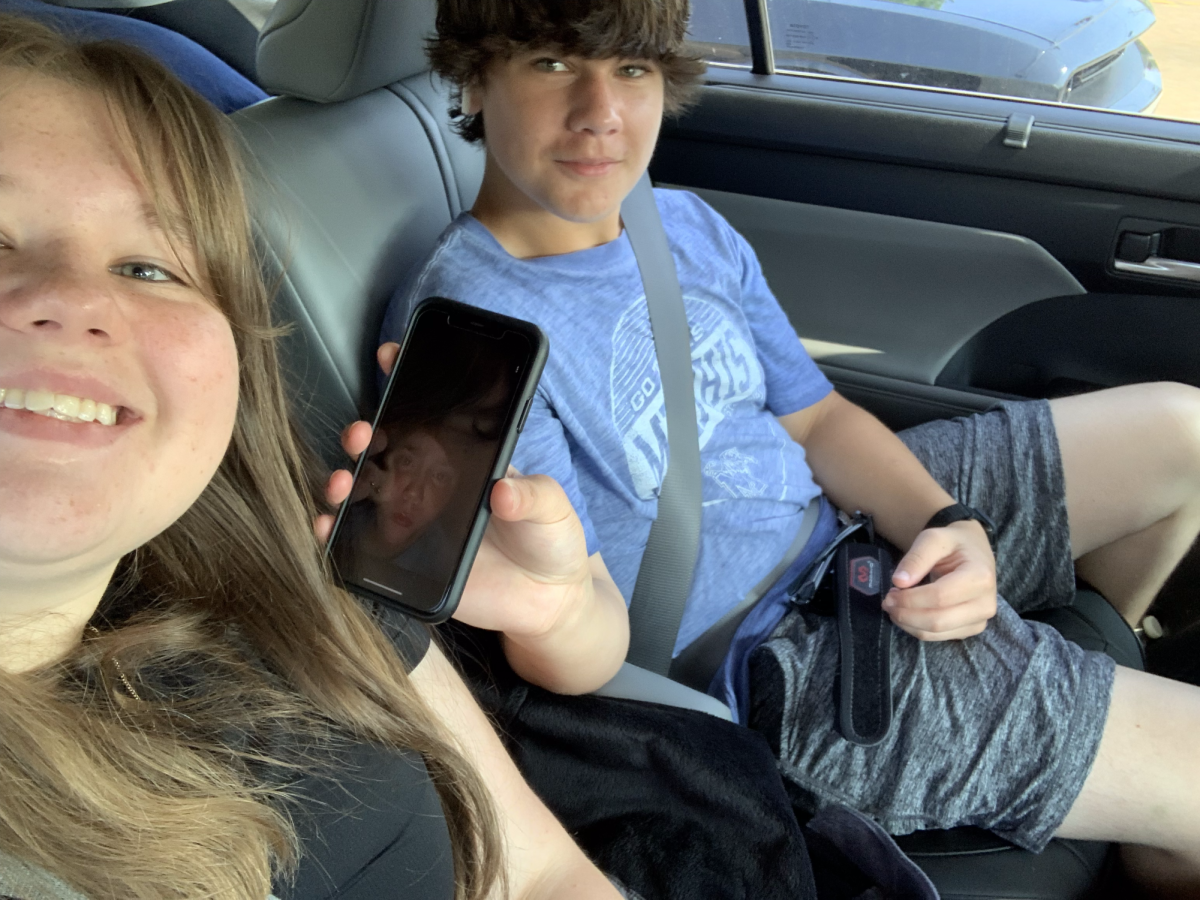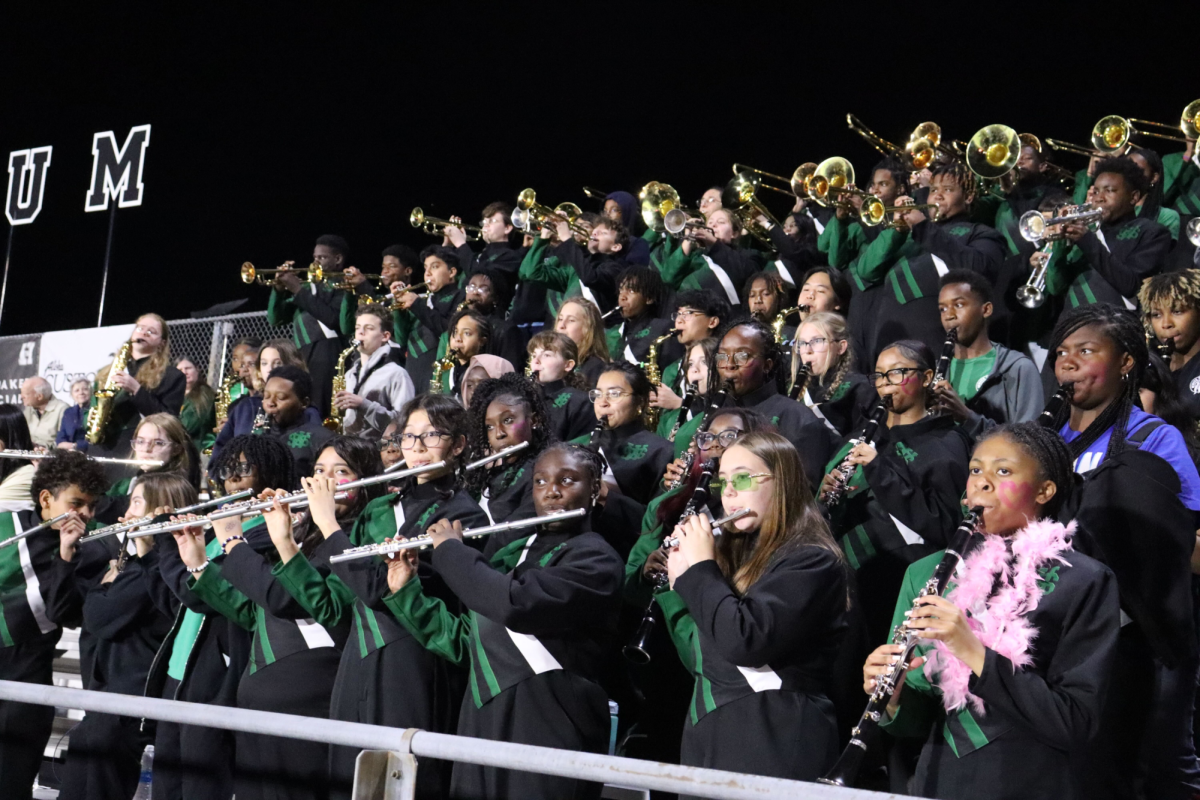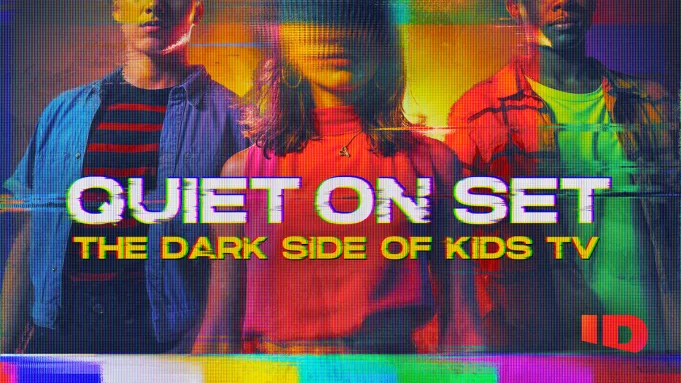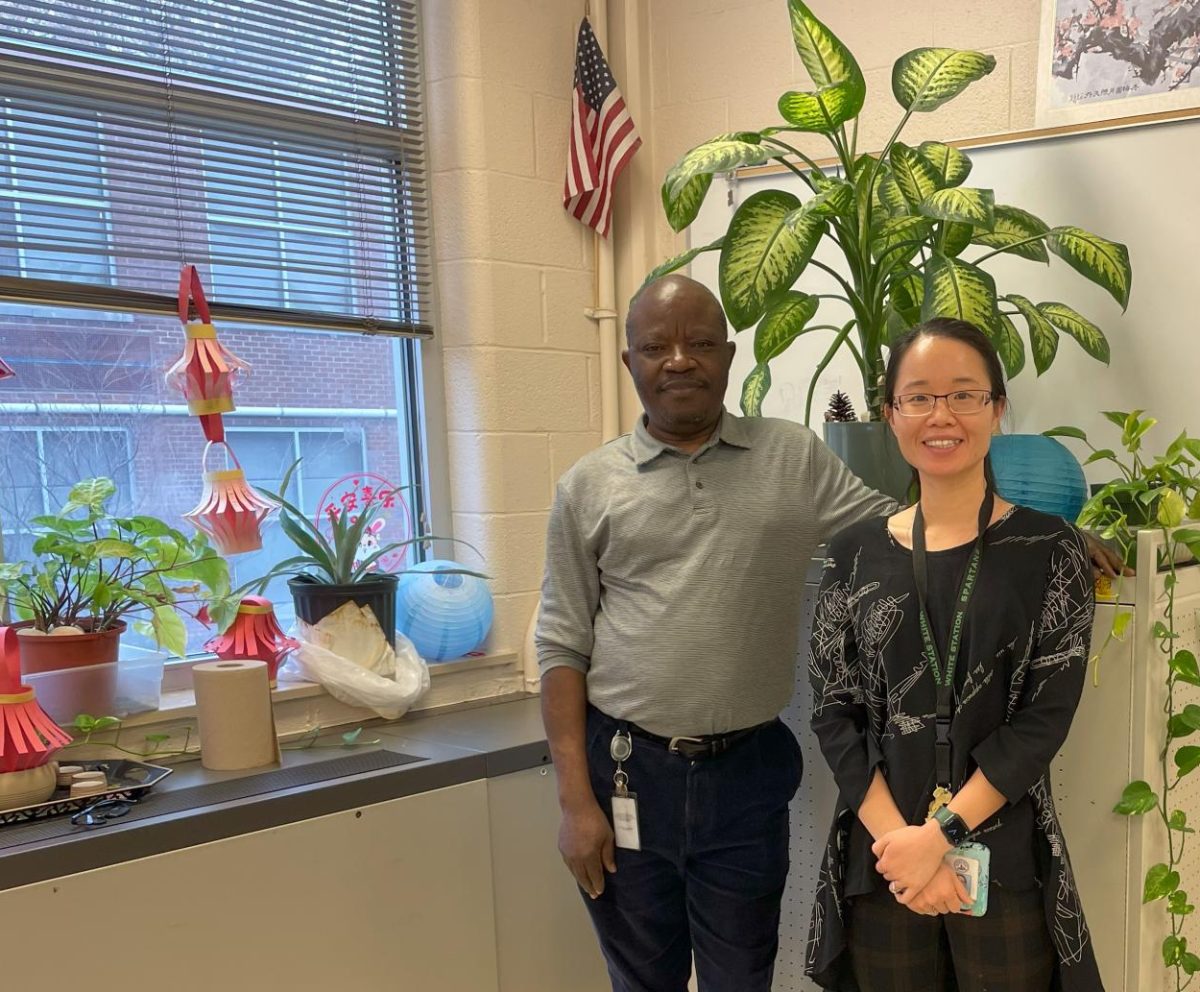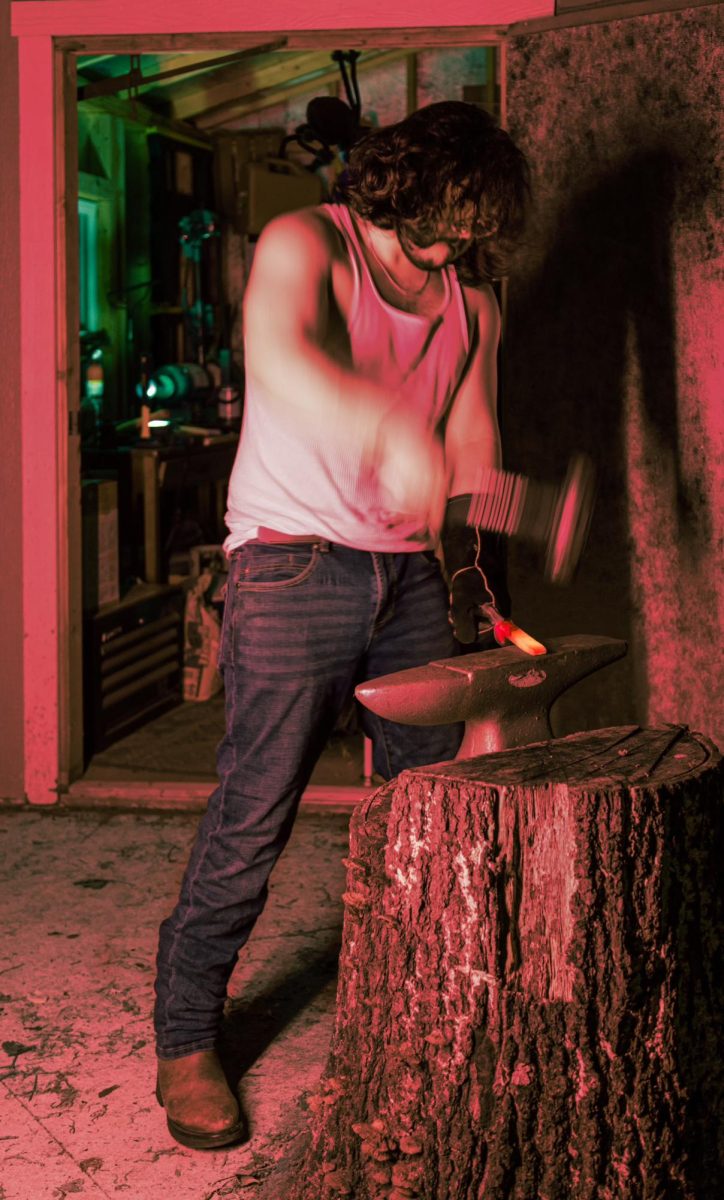Walking through the jet bridge, she stepped into the overflowing airport. Yuan Harris had never stood on U.S. soil before, but now, it was her home.
The United States is often described as a “melting pot,” incorporating many different cultures into everyday life for its citizens. This mixing of cultures is especially apparent in high schools across the nation.
N’koumitcha Tassa, a French teacher at White Station High School (WSHS), is originally from Togo in North Africa. He immigrated to the United States after winning a visa lottery. Yuan Harris, WSHS’s Chinese teacher, hails from Fujian in China and moved to the U.S. to marry her husband.
“[In] 2005, I think it was April or May, I gained my first teaching job,” Tassa said. “It wasn’t easy, but I finally … entered into education, which I cherish a lot.”
Immigrating to the U.S. is not always an easy process. There are different criteria from the home country and in the U.S., including the reason for immigration. U.S. Citizenship and Immigration Services puts these reasons into categories: family, employment, “special immigrant,” refugee and asylum status, human trafficking and crime victims, victims of abuse, “other categories” and through registry. Even so, understanding it all can be tricky. Harris was admitted because her husband is a U.S. citizen, which falls under family. Tassa, however, entered through the Diversity Immigrant Visa Program, which is under “other categories.”
“Navigation of the system [can be a problem], knowing the laws, knowing these are the ‘not’s’ and these are the ‘do’s,’” Tassa said. “The ‘not’s’ [are] a little complicated; it needs time, it needs having people to help you and then it also needs documentation.”
Getting proper documentation is only one part of immigration. There are multiple other challenges after arrival, including adapting to culture. The perception of the United States as a “melting pot” can deceive people into believing blending into a new culture is effortless and instantaneous. However, this is not always the case.
”I do sometimes … feel not as connected with the culture, because with the culture thing, I think you really have to grow in it,” Harris said. “When you enter into a new culture as adults, [it] doesn’t matter however you try, it’s just different … when you grow up with things versus when you learn about it.”
Despite American citizens’ constant exposure to numerous cultures, some people are still ignorant towards immigrants. Both Tassa and Harris have experienced disrespectful language and mocking behaviors directed towards them by students.
“[There are] students who characterize you as an African,” Tassa said. “They say the way you speak is different from the way they speak, and then [for] some of them, embracing culture is something [else]. So not everybody is able to appreciate or admit our differences … which is also something that we need to teach these kids: diversity. In life there is diversity. We need to accept diversity in the world so that we can embrace the world as one.”
Part of the appeal of the American experience as a whole is the freedom to be unique. Since American culture is built off of other cultures, an ever-changing and evolving civilization is formed. Individuality is central to the country’s culture.
“We can all learn from each other,” Harris said. “[We can] learn to enjoy and to respect and to be open-minded … We all tend to see things from our own cultural lens … The more cultural lens[es] you put [together], the more you can see things clearly.”
Pieces of foreign culture are often included in language and history classes’ curriculum to better inform students. Adding new perspectives to everyday learning can allow people to be more understanding and willing to accept new ideas.
“In my curriculum, yes, we incorporate different cultures, cultures of French-speaking countries and when we talk of culture we talk about food … [and] the way people perceive life so we incorporate this within different aspects of cultures into what I teach … culture in France, culture in Canada, culture in Africa and the different parts of Africa,” Tassa said.
Globes and world maps are often found sitting in classrooms for students to learn about different places and their names. Learning the cultures of these places not only from objects, but from classroom experience as a whole, however, builds an appreciation for the world and all that comes with it, as well as learning about people as individuals.
“Joy comes from seeing things grow … when I see students grow, it’s something that you cannot buy … I just enjoy seeing kids grow because I like gardening,” Harris said. “It kind of impacts how I like teaching, if that makes sense. I enjoy [challenging] kids to intellectually grow.”



